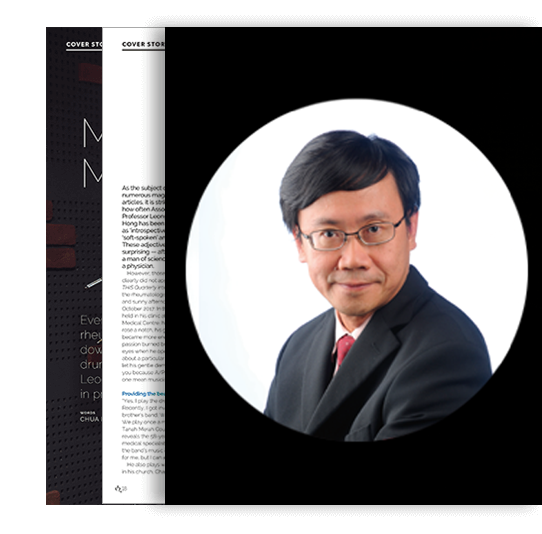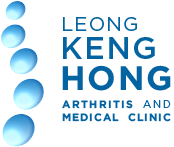Determining the cause of arthritis can be difficult due to many factors such as age, weight, previous injuries or illness, environmental factors, an overactive immune system and also genetics. There are a number of causes for the pain suffered by arthritic patients. One is inflammation of the joints, which become swollen, red and warm to touch. The pain may also be due to damage to the joint tissues, causing the loss of lubricating fluids in, say, the knee joint. Fatigue resulting from arthritis often worsens the pain.
Symptoms of inflammatory arthritis include swelling, redness, warmth and morning stiffness lasting more than one hour in the joints.
According to Dr Leong Keng Hong of Leong Keng Hong Arthritis and Medical Clinic, arthritis is diagnosed based on a combination on symptoms, signs, blood tests and X rays. "An accurate diagnosis is important so that the underlying problem can be addressed, so that you will not have to just rely on painkillers," says Dr Leong.
While medicines help, they do not always make the pain go away completely. Dr Leong adds: "For inflammatory arthritis, an early diagnosis is important to prevent joint damage and can start in young people."
TREATMENT & CARE
There have been many advances made in the treatment of autoimmune disease, and currently there are medications which can can stop the disease from progressing further. Hence it is important to seek treatment early to prevent joint damage. Learning to cope and live with arthritis positively is also advisable.
Some of the steps one can take to ease his or her symptoms are:
- Keeping active so that joints do not become weak and stiff.
- Maintaining a healthy diet and weight to reduce pressure from joints.
- Warm water or heating pads help to alleviate stiff joints.
- Cold water or cooling pads may ease a hot and painful joint.

